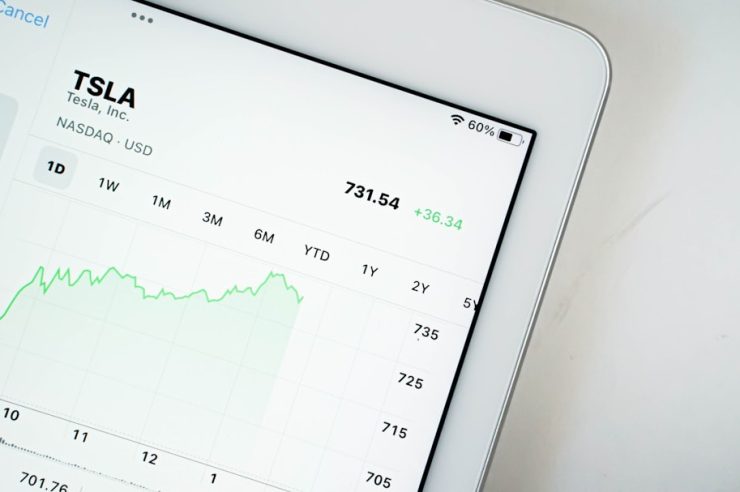In today’s digitally connected world, influencer marketing has become a cornerstone for brands aiming to reach targeted audiences. As the industry grows in scope and complexity, companies face the increasing challenge of not only identifying influencers but identifying the right influencers — those who are authentic, aligned with the brand, and capable of driving measurable engagement. This is where Artificial Intelligence (AI) tools step in, offering powerful and efficient solutions for influencer discovery and evaluation.
Using AI to identify influencers is a game-changer that removes much of the guesswork from the equation. By harnessing vast amounts of data and applying intelligent algorithms, AI tools can streamline the search, allowing marketers to focus their efforts on building relationships and executing campaigns. Below are some of the key ways in which AI tools are transforming influencer identification.
1. Analyzing Social Media Data at Scale
Humanly sifting through thousands, or even millions, of social media profiles to find suitable influencers is practically impossible. AI tools excel here by scanning massive volumes of data across platforms such as Instagram, TikTok, YouTube, and Twitter. These tools evaluate:
- Content relevance: Whether the influencer posts content related to specific industries or themes.
- Follower authenticity: Whether the influencer’s audience is composed of real users as opposed to bots or inactive accounts.
- Engagement metrics: Including likes, shares, comments, and how frequently these occur.
The result is a reliable, data-driven shortlist of potential influencers, curated in a fraction of the time it would take using manual methods.
[ai-img]social media data, influencer analysis, data dashboard[/ai-img]
2. Using Natural Language Processing (NLP) for Content Evaluation
Natural Language Processing, a core AI capability, enables deeper content analysis. With NLP, AI can understand the context, tone, and sentiment of posts made by influencers. This allows brands to assess whether a particular influencer aligns with their values and messaging strategies. For instance, if a brand emphasizes sustainability and ethical practices, the AI tool can pinpoint influencers who regularly mention related topics across their content.
This level of semantic analysis ensures that partnerships are more than superficial — they’re rooted in shared goals and perspectives.
3. Predicting Impact through Machine Learning
Another major advantage of AI lies in its predictive capabilities. By analyzing historical campaign data and audience behavior, AI tools can forecast the potential ROI of a collaboration before it ever begins. This includes estimates on metrics such as:
- Expected reach and impressions
- Conversion rates
- Potential audience growth
Thanks to machine learning algorithms that continuously adapt and improve based on new data, these predictions grow more accurate over time, enabling marketers to make smarter investment decisions.
4. Discovering Micro and Nano Influencers
Not all effective influencers have massive followings. In fact, micro (10k–100k followers) and nano influencers (under 10k followers) often boast higher engagement rates and more loyal audiences. AI tools can uncover these smaller-scale influencers hidden in specific interest communities — a task too nuanced for manual identification.
[ai-img]micro influencers, niche audience, social engagement[/ai-img]
By identifying niche influencers whose followers are genuinely interested in specialized topics, brands can create campaigns that resonate more deeply and cost less to execute.
5. Real-Time Trend Monitoring and Keyword Analysis
AI tools are extremely effective at monitoring real-time social trends. By constantly scanning for trending hashtags, emerging topics, and viral content, AI helps marketers stay ahead of the curve. These insights can reveal newfound influencers who are rapidly gaining traction in particular domains or demographics.
Also, through advanced keyword analysis, AI tools detect overlapping interests between influencers and a brand’s target audience, ensuring that outreach efforts are not just data-informed but context-driven and timely.
Conclusion
As the influencer marketing landscape becomes increasingly sophisticated, the role of AI tools in identifying influencers is more essential than ever. From analyzing vast datasets and parsing linguistic nuance to predicting campaign performance and discovering untapped talent, AI provides the precision, speed, and scalability needed in a competitive digital marketplace.
For brands serious about making effective influencer connections, integrating AI into their marketing strategy is no longer optional — it is a strategic imperative.



